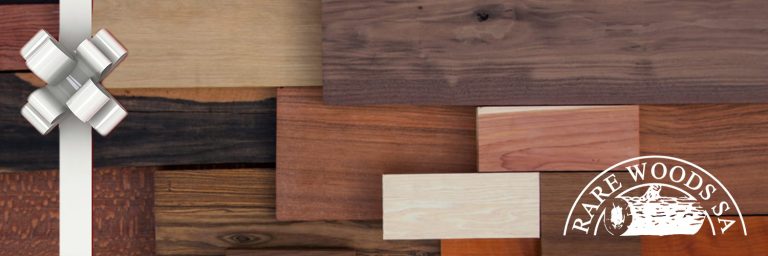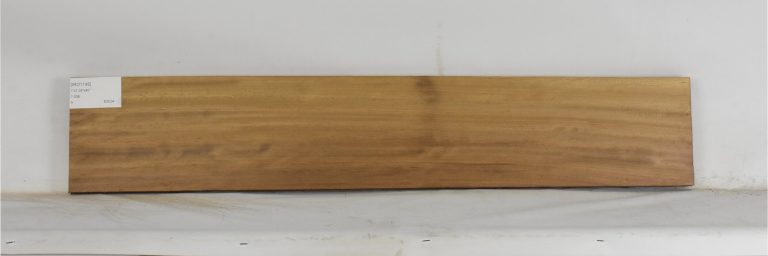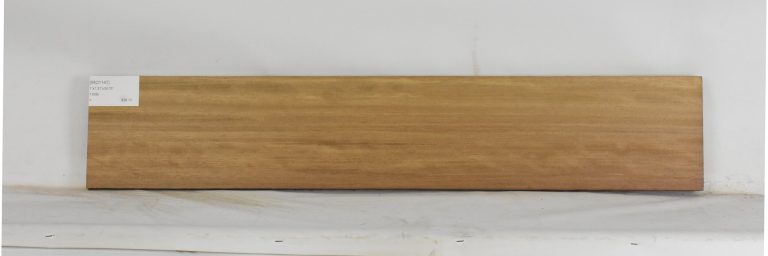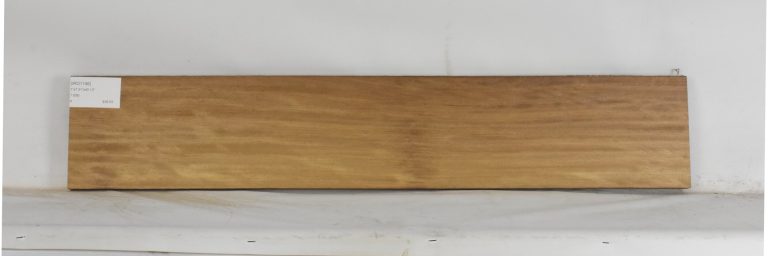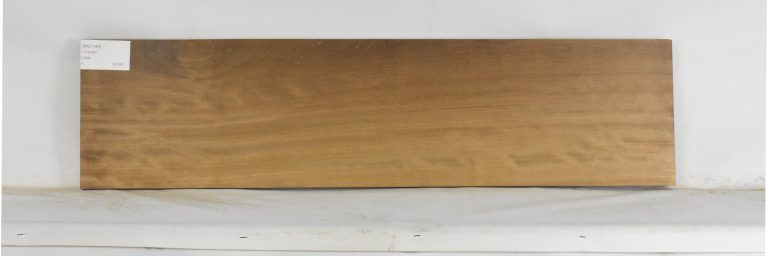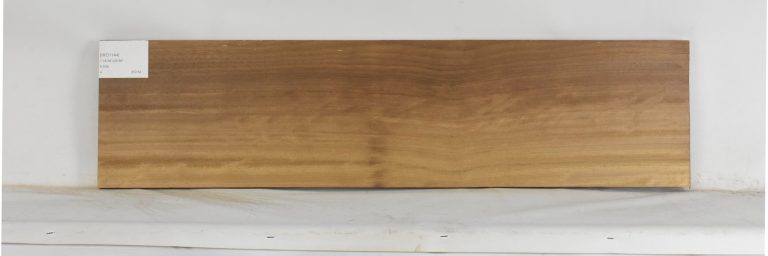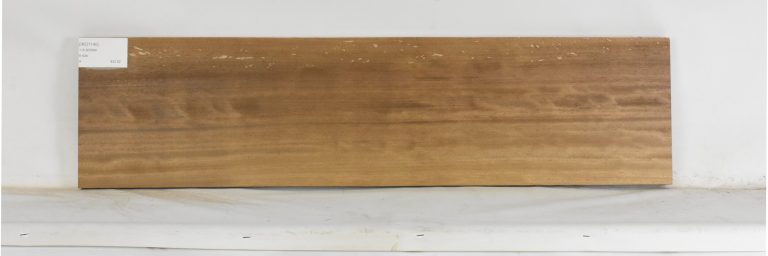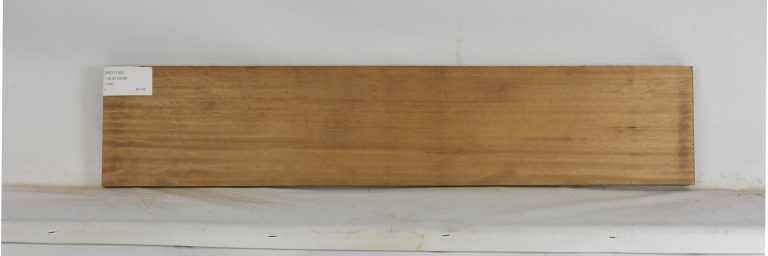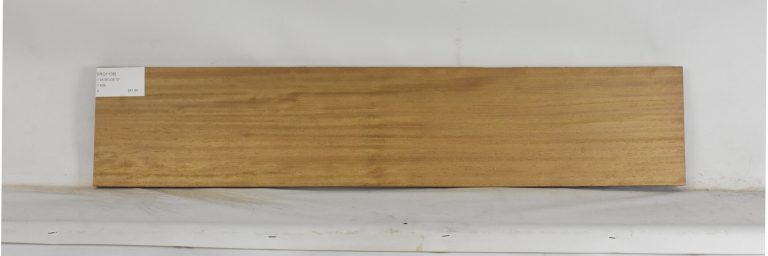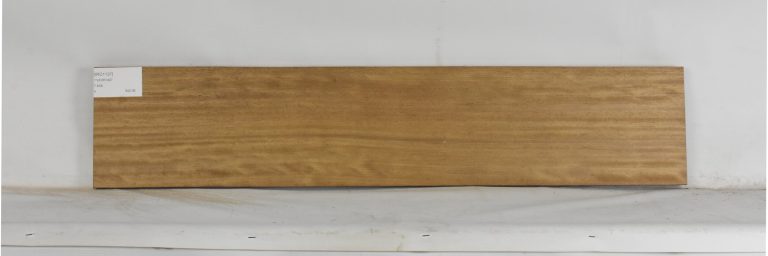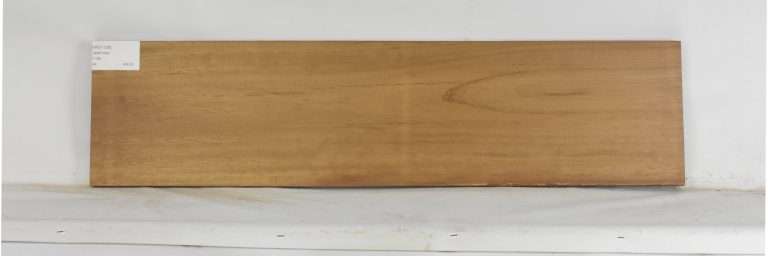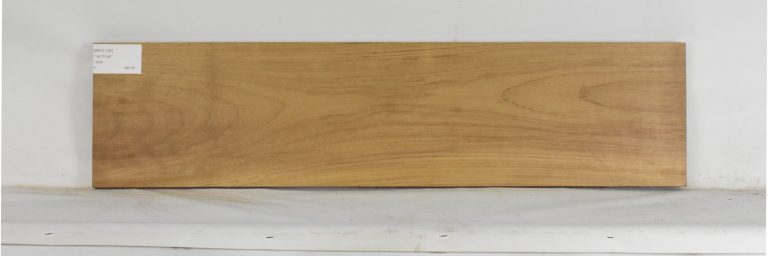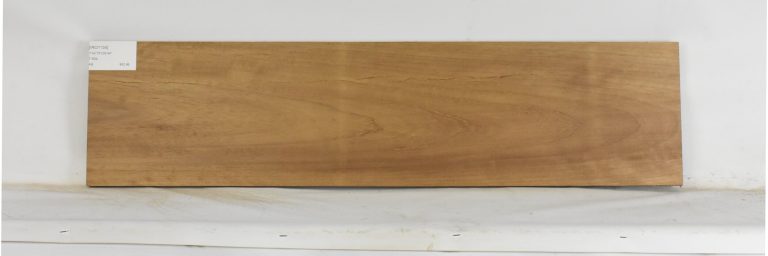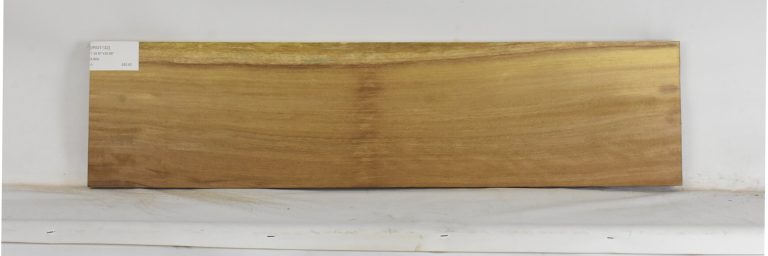Iroko
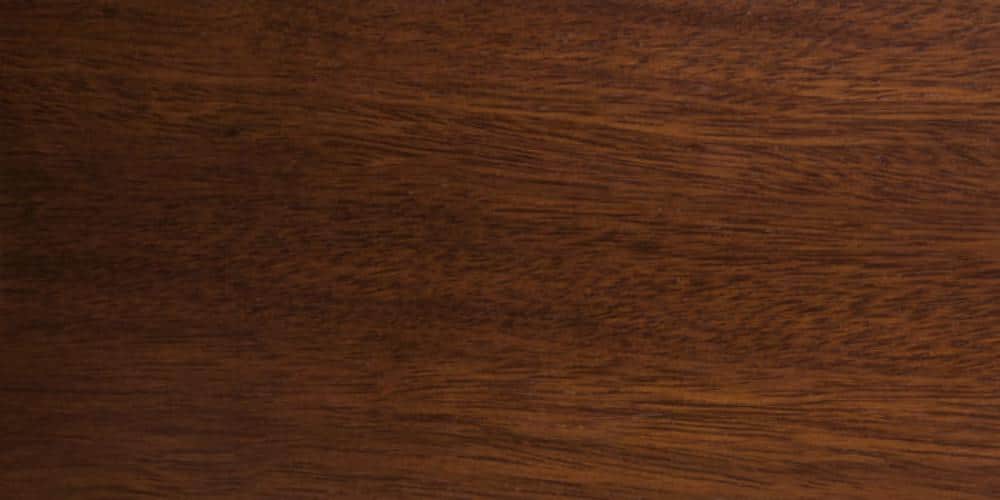
Iroko is a very tough, durable wood that has been traditionally used in a multitude of applications in its native Africa. Its golden to medium brown color, course texture and interlocked grains give it an appearance very similar to that of Teak; although it is significantly less dense, it has been utilized in Africa in many of the same functions / duties that Teak has in other parts of the world. Despite its toughness (and interlocked grains), it is generally not difficult to work; it glues and finishes well.
This species is not listed in the CITES Appendices, but is classified as “Vulnerable” on the IUCN Red List of Threatened Species.
Why We Love This Wood
Iroko tends to darken with age. It is resistant to both rot and insect infestation, which makes it particularly well-suited for a variety of outdoor applications. This very tough wood has an excellent strength-to-weight ratio. Although its typically interlocked grains can pose challenges, at times, when working, the wood glues and finishes well
Client Creations
Quick Look

A Popular Choice in
Vital Statistics
| Main Color Group | Medium Brown |
| Grain Pattern | Even |
| Avg Dry Weight - LB/BF | 3.4 |
| Avg Dry Weight - KG/M3 | 660 |
| Janka Hardness - LBF | 1260 |
| Janka Hardness - N | 5610 |
PRE-CUT SIZES (Iroko)
0 resultsType
Dimensions
Grade
Price
LUMBER PACKS (Iroko)
0 resultsTitle
Qty
Grade
Price
Search With Filters
ALSO AVAILABLE (Iroko)
Description
Grade
UOM
Price
12/4 Lumber

